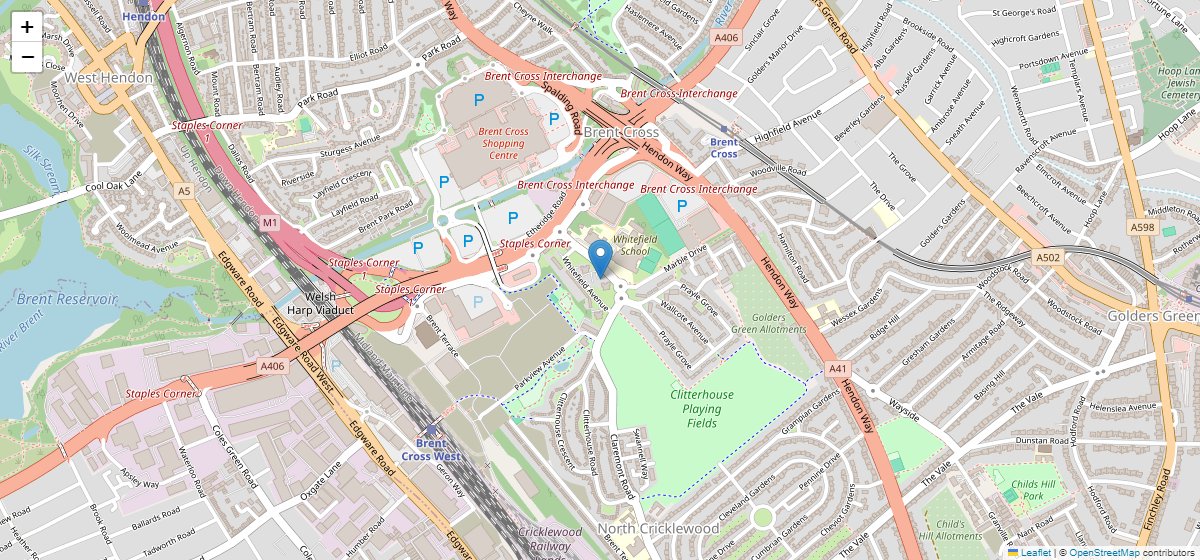
Living in Brent Cross, London
What this article covers
- What makes Brent Cross a good or bad place to live in relation to other cities and towns in the UK
- Pros and cons of living in Brent Cross for working professionals, students, and families
- Best and worst areas to live in Brent Cross
Brent Cross, an up-and-coming neighbourhood in Greater London, is a diverse living experience, balancing urban vibes and family-friendly atmospheres. Professionals could appreciate the area for its bustling economy centred around the thriving Brent Cross Shopping Centre, while families can find solace in quieter residential streets, parks, and reputable schools.
Housing Costs
The housing market varies widely in Brent Cross, with one-bedroom rental flats averaging around £1,400 a month and two-bedroom properties over £1,800. For buyers, the average house price stands close to £650,000, encompassing a mix of semi-detached houses, terraced houses, and modern flats.
Transportation
Brent Cross boasts a robust transport network. The Brent Cross tube station, on the Northern Line, and efficient bus services provide quick access to Central London, ideal for the daily commute. The area’s road network, including the A41 and the M1, also makes it convenient for car owners. However, heavy traffic can surface during peak times.
Safety Considerations
While Brent Cross has witnessed improvements in safety over the years, like any urban area, it still struggles with some incidents of crime, particularly around the shopping centre. Nevertheless, safety doesn’t generally seem to detract from residents’ overall positive perceptions of living in this vibrant London suburb.
Most popular areas
Brent Cross (NW4)
This area is the most popular due to the famous Brent Cross Shopping Centre, which has a variety of high street and designer stores. Its close proximity to central London and good transport links also make it desirable.
Golders Green (NW11)
Bordering Brent Cross, Golders Green is also a popular area due to its vibrant local community and varied selection of local amenities such as an array of cafes, restaurants, and shops. It’s also well served by public transport, with the Golders Green tube station offering direct access to the city center.
Hendon (NW4)
Hendon is popular due to its suburban feel combined with excellent transport links, including the Hendon central station and a variety of bus services. It also has a variety of green spaces, including the Hendon Park and Brent Park.
Least popular areas
The Hyde (NW9)
While it offers some amenities, residents may find it lacking in variety especially when compared to other popular areas. Moreover, it’s a bit further from Central London which may pose commuting issues for some.
Colindale (NW9)
Although Colindale has a Tube station and the RAF museum, it is still considered as one of the lesser popular areas. This is partly due to its location, being a bit isolated and far from central London compared to other areas.
West Hendon (NW9)
Although West Hendon is situated by the Welsh Harp Reservoir providing nice views, it’s a bit distant from central London and lacks as many amenities and transportation options, making it less popular compared to other areas.

Share your thoughts